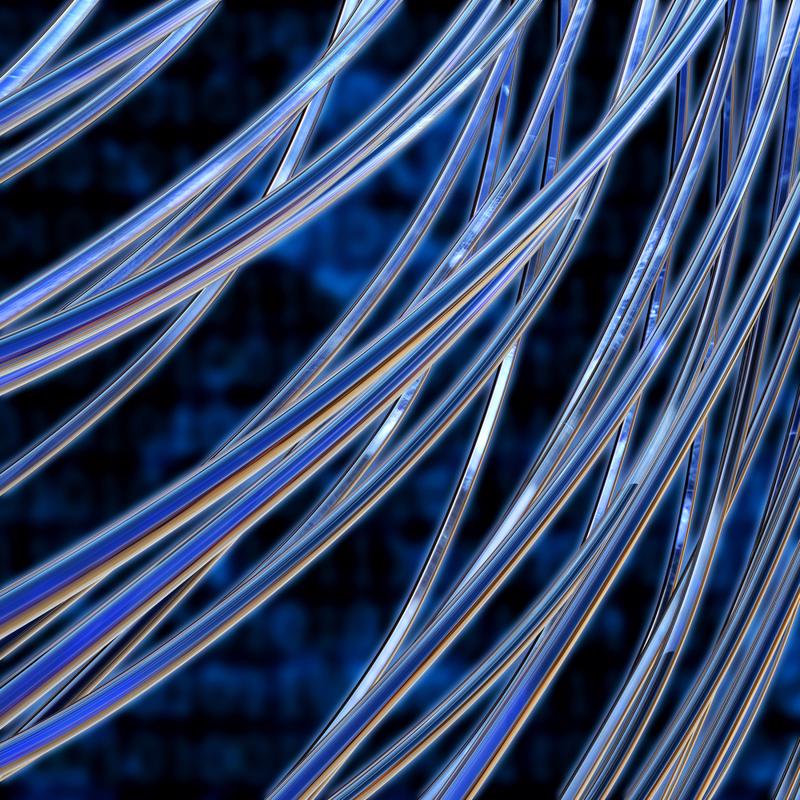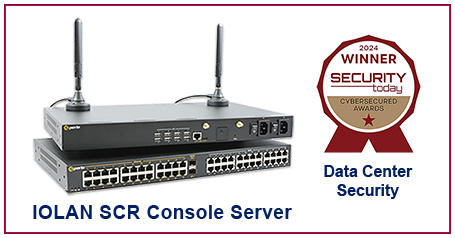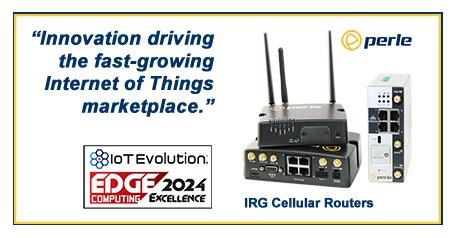
The ins and outs of loop diagnostics
By Perle SystemsFebruary 3, 2023
Checking hundreds, thousands or even millions of connections and assets can be overwhelming, especially given that the Internet of Things (IoT) has now spread across almost every sector. What if you need to monitor how tools, equipment, devices and installations are performing? How do you conduct diagnostics en masse before adjusting controls from afar or in person?
A loop diagnostics unit (LDU) improves visibility by making sure control systems are behaving as they should. Using hardware, software and sensors, you can find out if there's a problem and take the necessary steps to solve it. This is a vital solution for systems generating an enormous amount of data every day. Here, we'll explain what loop diagnostics can do and how you might implement them.
What's a control loop?
Essentially, you're trying to determine what variables are at play within your industrial or commercial systems and how they're affecting your infrastructure. A control loop monitors and regulates these factors. Sensor developer Montalvo explains it well:
"Consider control loop systems as a process management tool designed to maintain a process variable at a desired set point each step of the way. Process variables are a set of programmable parameters that monitor and control a process to ensure that the output is maintained within a given limit or quantity."
Sensors are often integral to a full, reliable loop. They transmit operational data to a central command point, telling you how inputs and outputs are interacting. Controls can then be tweaked or automated to maintain a certain level of performance.

How diagnostics delve deeper
However, leaving a control loop to run infinitely presents a host of challenges. Bugs, severed connections and physical damage can stop your processes or services in their tracks. Furthermore, there might be problems with installation. An LDU or loop tester can check sensors, cabling, networks and frequencies for anomalies.
As Control Global points out, diagnostics may provide "LED indicators, error codes, status bytes, network connection status, CPU usage, free memory, free disk space, algorithm error, internal temperature, input/output error" or any other useful alert. These are detected by hardware or software, depending on your diagnostics provider.
Testing the loop for telecoms
Perle Systems' server technology was instrumental in finding and solving issues with BT, a recent telecoms customer. We implemented a direct IP link to their LDU, which was unachievable on their old mixed Ethernet/X.25 environment for residential phone lines. This helped our client communicate much faster regarding which lines to test for faults; they didn't have to rely on convoluted system requests anymore.
Read more about our work with BT here. More generally, we can discuss your own use of terminal servers for remote LDU activities — the bridge between Ethernet and other types of connections. Whether you're in manufacturing, energy, health care, government or residential management, there's bound to be an application waiting to hone your digital system's integrity.



